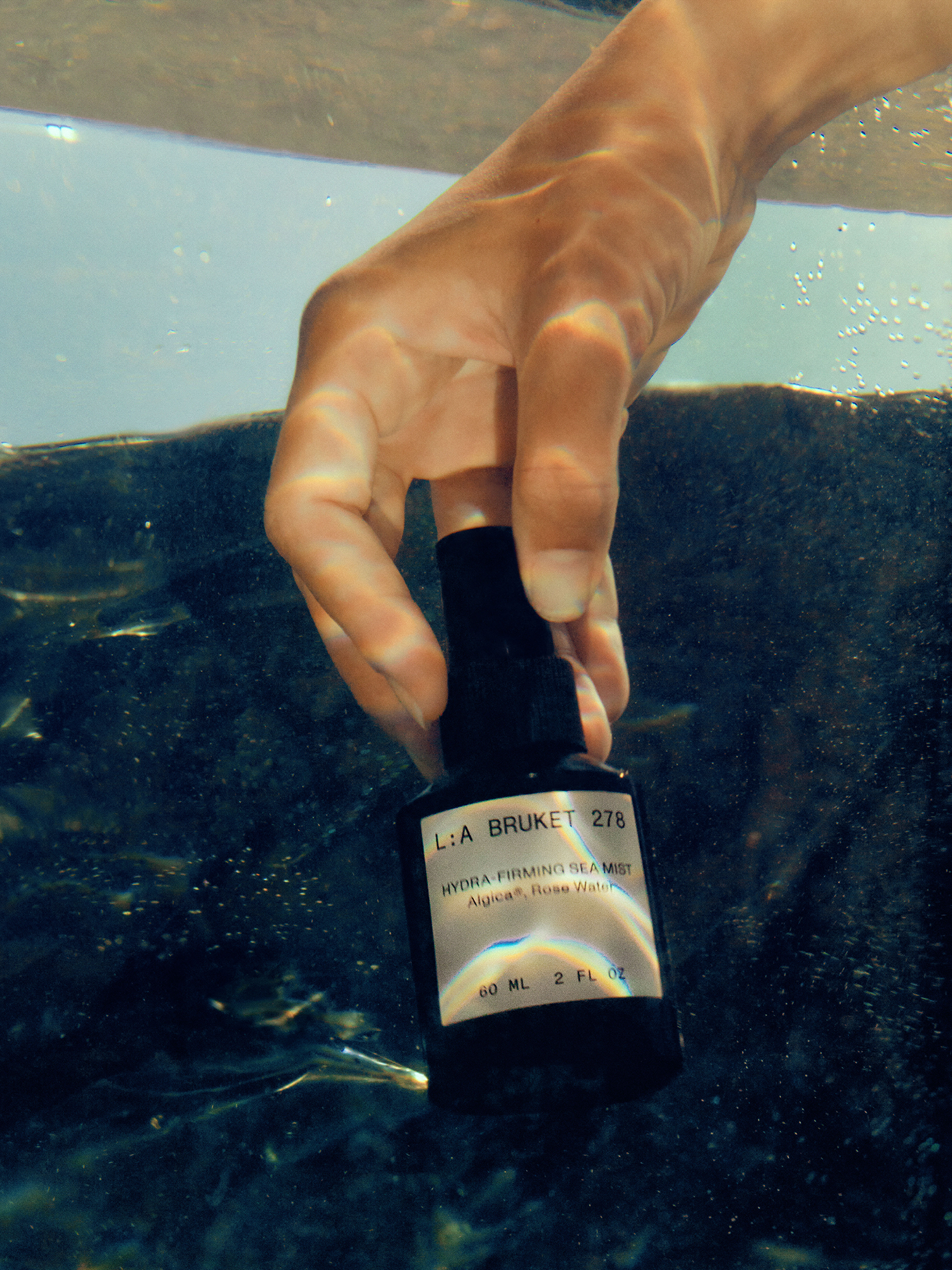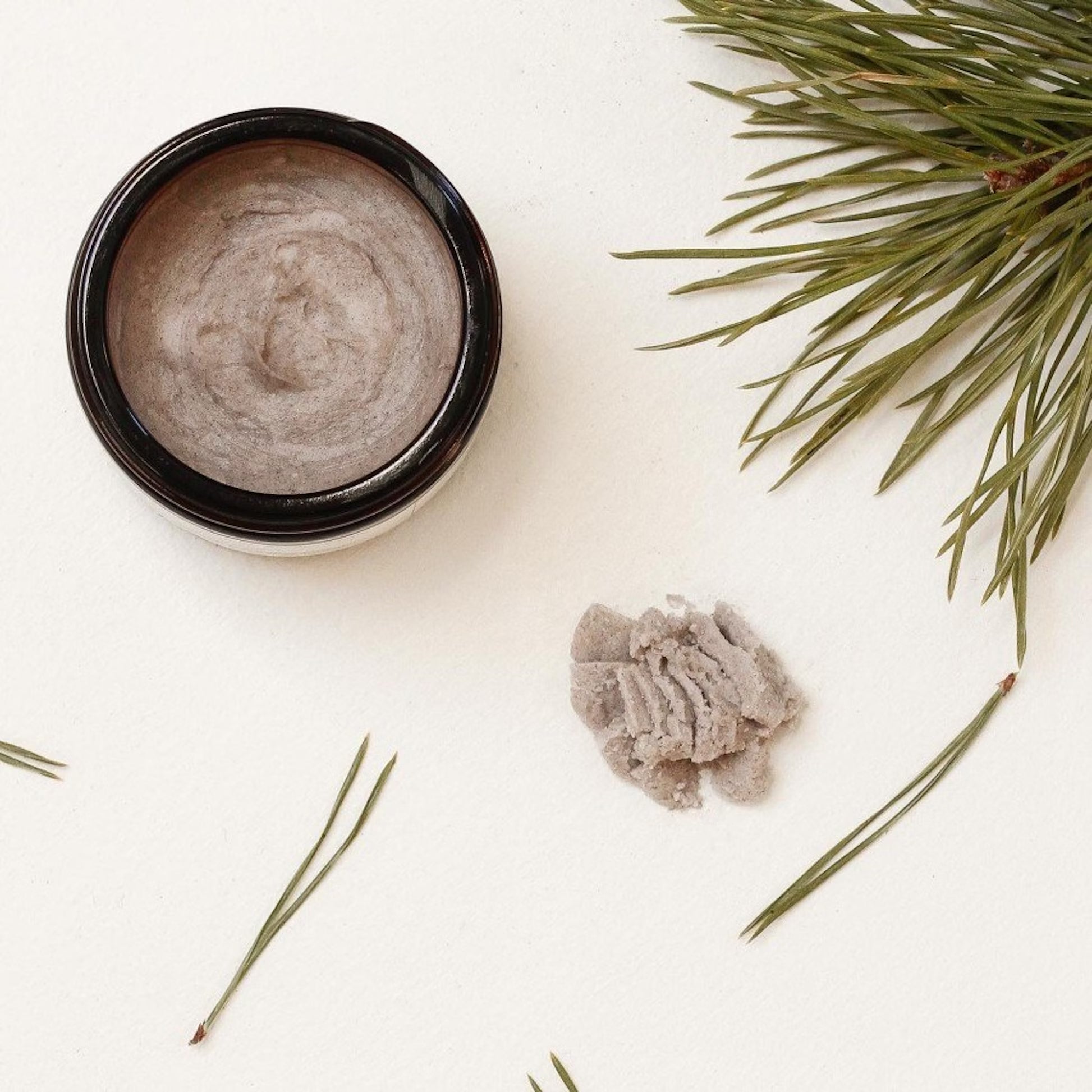
Benefits of Berries
There is such an abundance of wild grown berries that fall into any known the category of 'superfoods' which are native to the Nordic lands. Those that They contain the highest amounts of vitamin C of all the berries, those that , are small and hardy and withstand extreme temperatures and yet will survive year after year and deliver shrubs full of antioxidant-rich fruits berries in a broad spectrum of colours.
Think of dark purple - almost black - blueberries (often called bilberries here, when translated into English, which is actually the non-cultivated version of the blueberry), black currants, elder berries, blackberries, cherries and aronia berries which all grow wild and are foraged for regularly by us who live here. More than half of Finns state that they regularly go to the forests to forage for wild berries, so it is in fact a common past time for most of the population.
The red colour spectrum includes raspberries, strawberries and its less-known relative the smultron, or wild strawberry, which is famous across Scandinavia and much loved. It has a more intense flavour, although a tiny miniature version - perhaps around the size of a currant. Red currants, of course, and the rosehip (nypon, in Swedish) and Cranberry are also hugely popular and used extensively in skincare, oils and also in food.
More unique to the Northern climate and really popular across all of the countries that make up the Nordic lands, are the yellow berries of Cloudberry (hjorton) which grow in the far north and make wonderful - expensive - jam! These, along with the other yellow berry havtorn, or Sea Buckthorn, have been used for thousands of years for their super highly concentrated source of vitamin C. These are quintessentially Nordic and ensure that the native Sami who follow the reindeer herds across the artic region that includes the geographic lands of Norway, Sweden and Finland will enrich their diet with these important sources of goodness.
They are antioxidants heroes. This fights molecules that can damage your cells; therefore, berries can prevent inflammation, repair cell damage and even show significant results in the body's fight against cancer!
Your heart loves them – Nordic berries are heart-healthy food. They not only help to lower cholesterol and improve blood sugar and insulin levels but also enhance the function of your arteries. The berries improve endothelial performance which helps to control blood pressure and keeps blood from clotting, therefore, preventing heart disease.
When used in skin care these berries reduce skin ageing because they are collagen-boosting. This makes the skin stronger and healthier. Vitamin C will assist the natural processes that the body uses to create and store collagen, in conjunction with the antioxidants and ellagic acid polyphenols (naturally occurring in strawberries, cherries, raspberries, blackberries and also walnuts) which block enzymes that break down collagen.
You can read more about the scientific research on the increase in collagen repair on the skin from using blackberries and dill seed oil together in this study, which is why the maker behind the Danish oil specialist The Witchery CPH chose to use them in her wonderful anti-ageing Face & Neck Oil.
Spring and summer are overflowing with flowers across the entire landscape, from the farming chalk lands of Denmark & southern Sweden where you will find the large daisy that is synonymous with the region's Midsummer celebrations, lavender and roses but especially the wild rose with it's strong scent and ragged lilac pink flowers that grow all along hedgerows and especially at the edge of the sand dunes and coastal areas. This southern area is also covered in the chrome-yellow rapeseed flower in May with it's powerful warm fragrance that is something special on a warm early summer day.
All of the flowering herbs too can be found in skincare - sage, nettle, rosemary, chamomile, geranium - as well as from trees such as the elderflower, linden, plum. The floral extracts deliver vitamins and antioxidants that calm, brighten, enrich and hydrate the skin with the additional benefit that many of them are beautifully scented and so will add aromatherapeutic uses and eschew the need for perfumes.

Algae
Algae covers thousands of different species, but generally we refer to - and recognise mostly -kelp, spirulina and seaweed (of which of course, there are many varieties that you can spot on just one visit to the beach). Algae is not new to skincare but is gaining prominence as we are searching for more natural resources and also as we learn more about it's benefits on the skin and the body in general.

The Forest
Along with urbanisation, the majority of people are no longer in daily contact with nature. This has prevented exposure to the beneficial microbes found in soil, resulting in an increase in various health and skin issues. Daily exposure to the forest is a natural way to strengthen the skin’s microbiome which unfortunately in urban environments, the skin’s immune system is robbed of this natural boost.































































